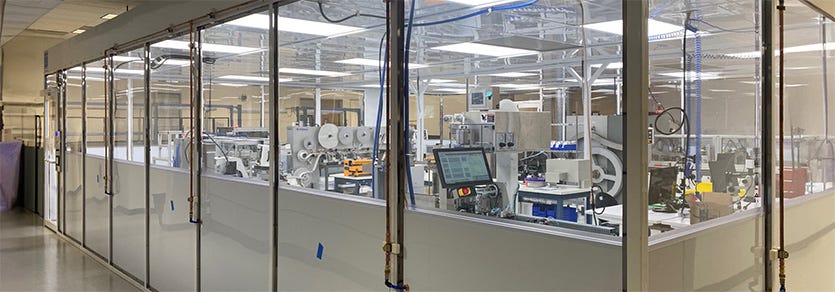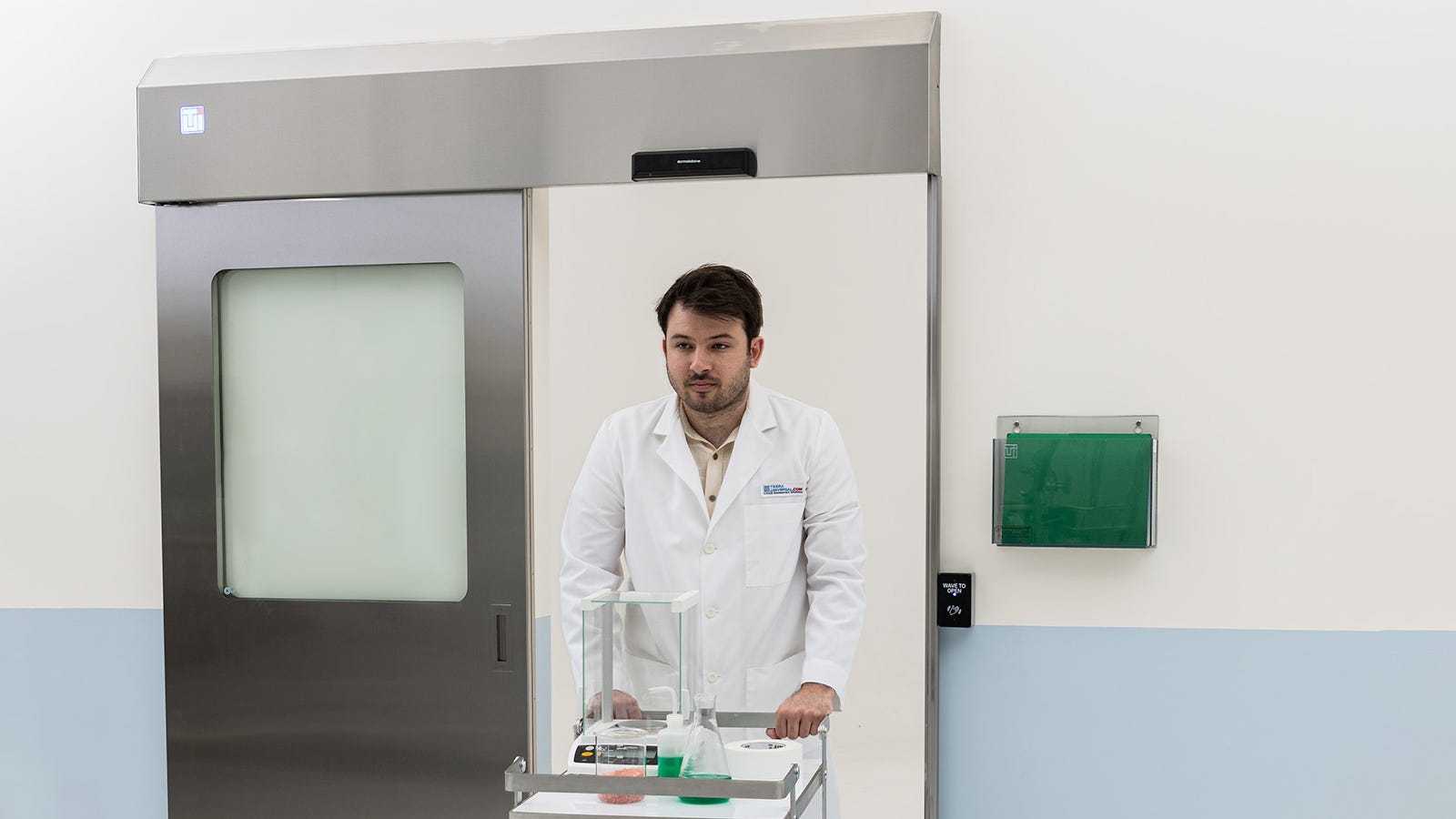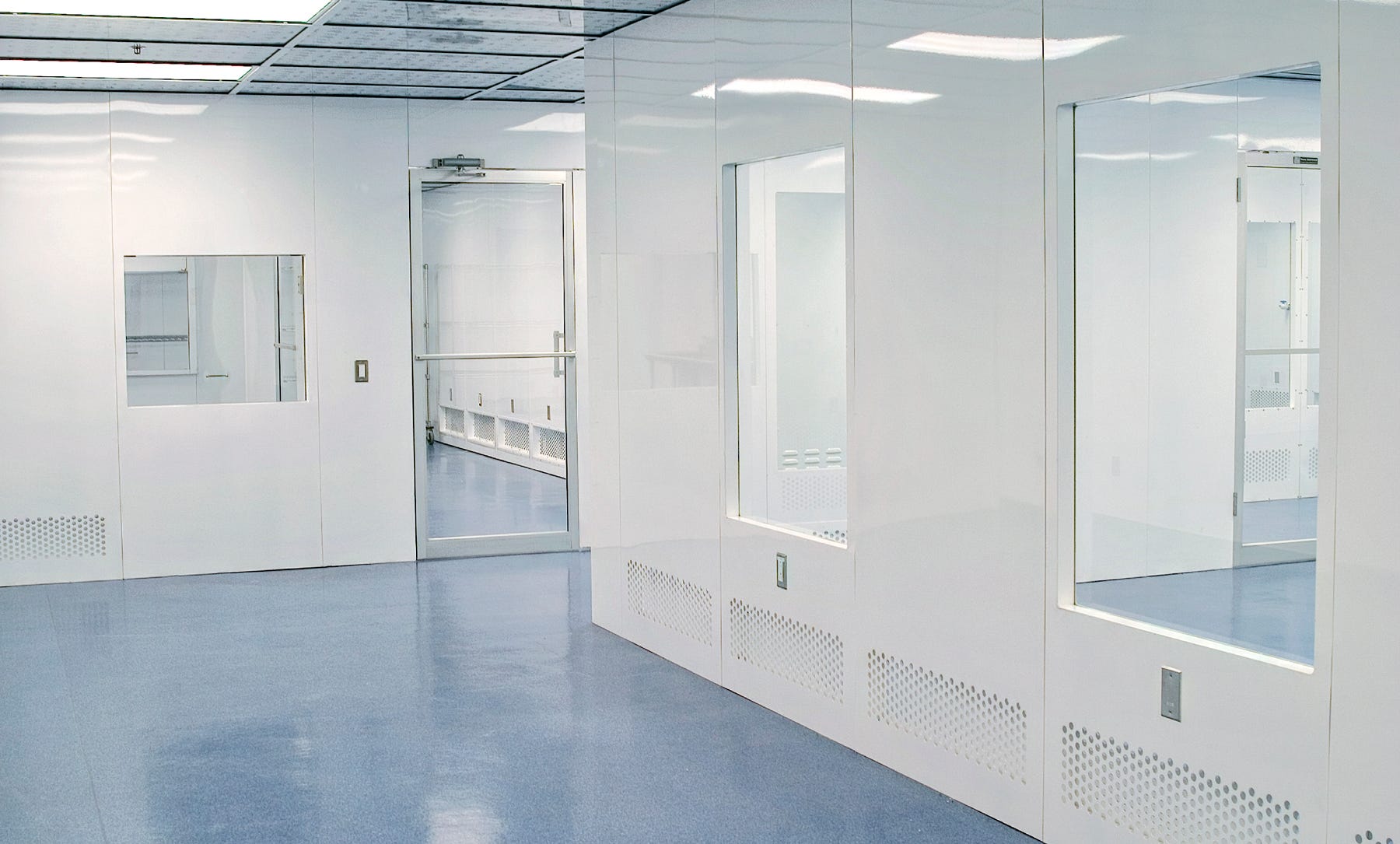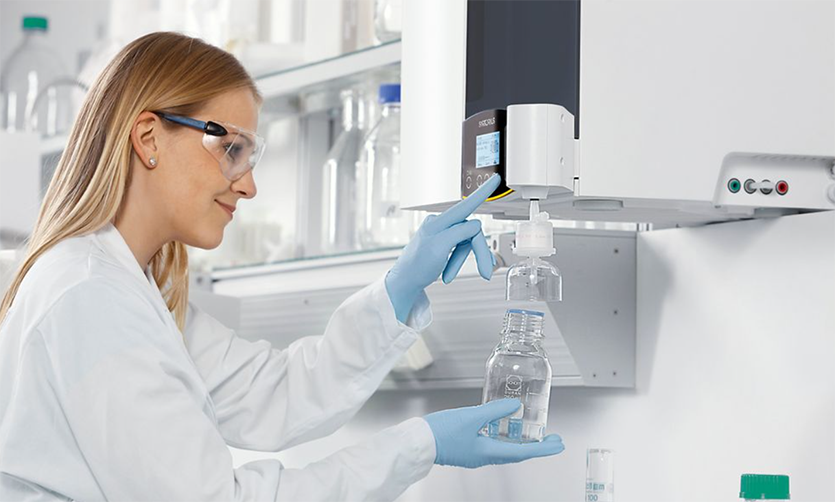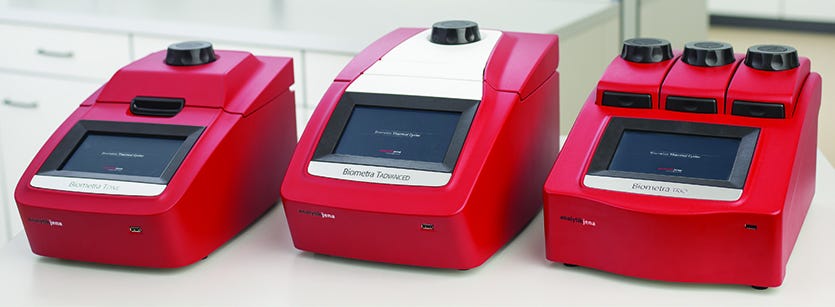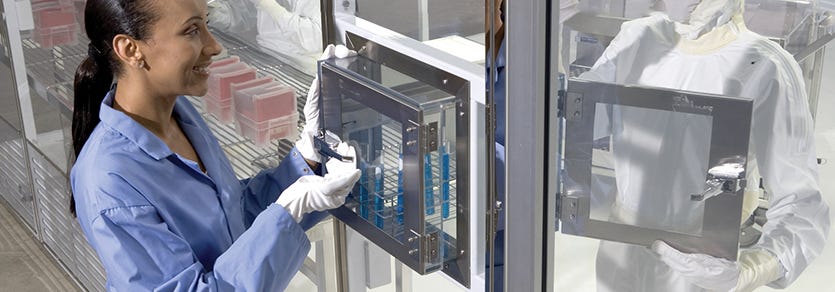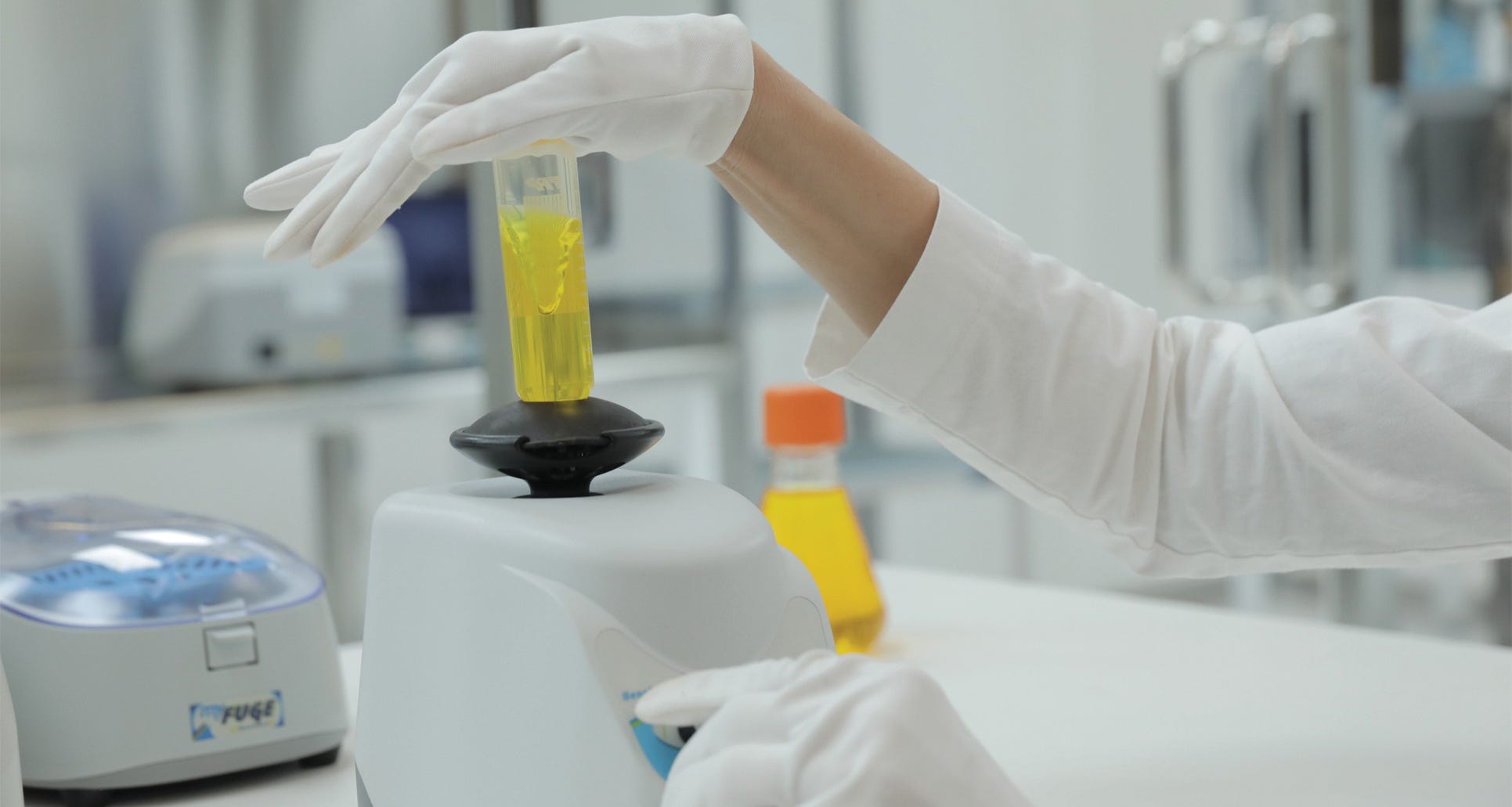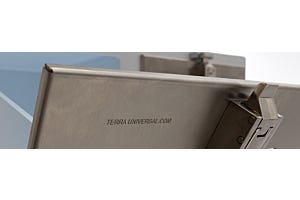Tech blog
-
Posted: September 22, 2023Read more »
In accordance with the ISO 14644 standards, ISO Class 7 cleanrooms represent a highly controlled environment that is engineered to maintain specific cleanliness values. The enclosed system encompasses ceiling-mounted fan filter units (FFUs) that generate a continuous supply of HEPA or ULPA-filtered air. In this article, we'll cover top-level considerations and standards for ISO 7 cleanroom design and construction. Additionally, we'll explore general principles for ISO 7 standards including particulate levels, ACH requirements, and equipment-based considerations among several unique applications.
-
Posted: June 21, 2023Read more »
Terra's automatic sliding doors are ideal for high-traffic areas and are intended for use in positive or negative-pressure cleanrooms where air movement is acceptable. They include either an external or recessed mount with automatic or manual operation.
-
Posted: March 30, 2023Read more »
Laboratory liquid handlers are a class of automated instruments used to dispense, transfer, dilute, or mix samples and reagents. Liquid handlers accurately handle small sample volumes, ranging from microliters to milliliters, and perform a variety of operations, including pipetting, mixing, and serial dilution.
Automated liquid handlers offer several benefits when compared with manual experimental prep.
-
Posted: January 10, 2023Categories: CleanroomsRead more »
Cleanroom selection is a critical decision for a company. The wrong design choice may result in procedural inefficiency, cross contamination, or certification failure. Let’s discuss common questions Terra customers have when specifying and purchasing a cleanroom.
-
Posted: January 03, 2023Read more »
Terra Universal manufactures a vast selection of stainless steel products for cleanrooms, hospitals, laboratories, and other controlled environments. Among these steel-constructed products, you'll find tables, workstations, glove boxes, pass-throughs, doors, and more.
-
Posted: August 26, 2022Read more »
Water purification systems remove a wide variety of contaminants from feed water (tap water or pre-treated water) to produce pure water ideal for a host of applications within the lab.
-
Posted: August 24, 2022Read more »
Laboratory shakers rotate in an orbital, or reciprocating, motion to ensure thorough mixing of liquid samples and reagents.
-
Posted: August 18, 2022Read more »
PCR thermal cyclers optimize sample conditions to empower the amplification of target nucleic acid sequences for quantitative and qualitative analysis. Thermal cyclers are designed to perform two types of polymerase chain reaction (PCR) methods: end-point, or standard PCR, and real-time qPCR.
-
Posted: July 06, 2022Read more »
Terra Universal is a manufacturer and supplier of various cleanroom pass-through chambers and pass-through transfer windows that readily support healthcare, hospitals, and surgical environments.
-
Posted: October 06, 2021Read more »
Vortexers, or vortex mixers, gently agitate liquid samples by creating a vortex motion within the sample tube. Vortexers are composed of a drive shaft, oriented vertically, and connected to an electric motor, encased in a plastic or steel housing. The top end of the drive shaft protrudes from the housing and attaches to a micro-tube cup adapter or rack designed to accommodate microplates or multiple test tubes. Simple vortexers turn on automatically when a micro-tube, containing the sample, is pressed into the rubber cup. Advanced vortexers include analog or digital controllers with on/off switches, mixing speed controls, vortex timers, and alarms.



